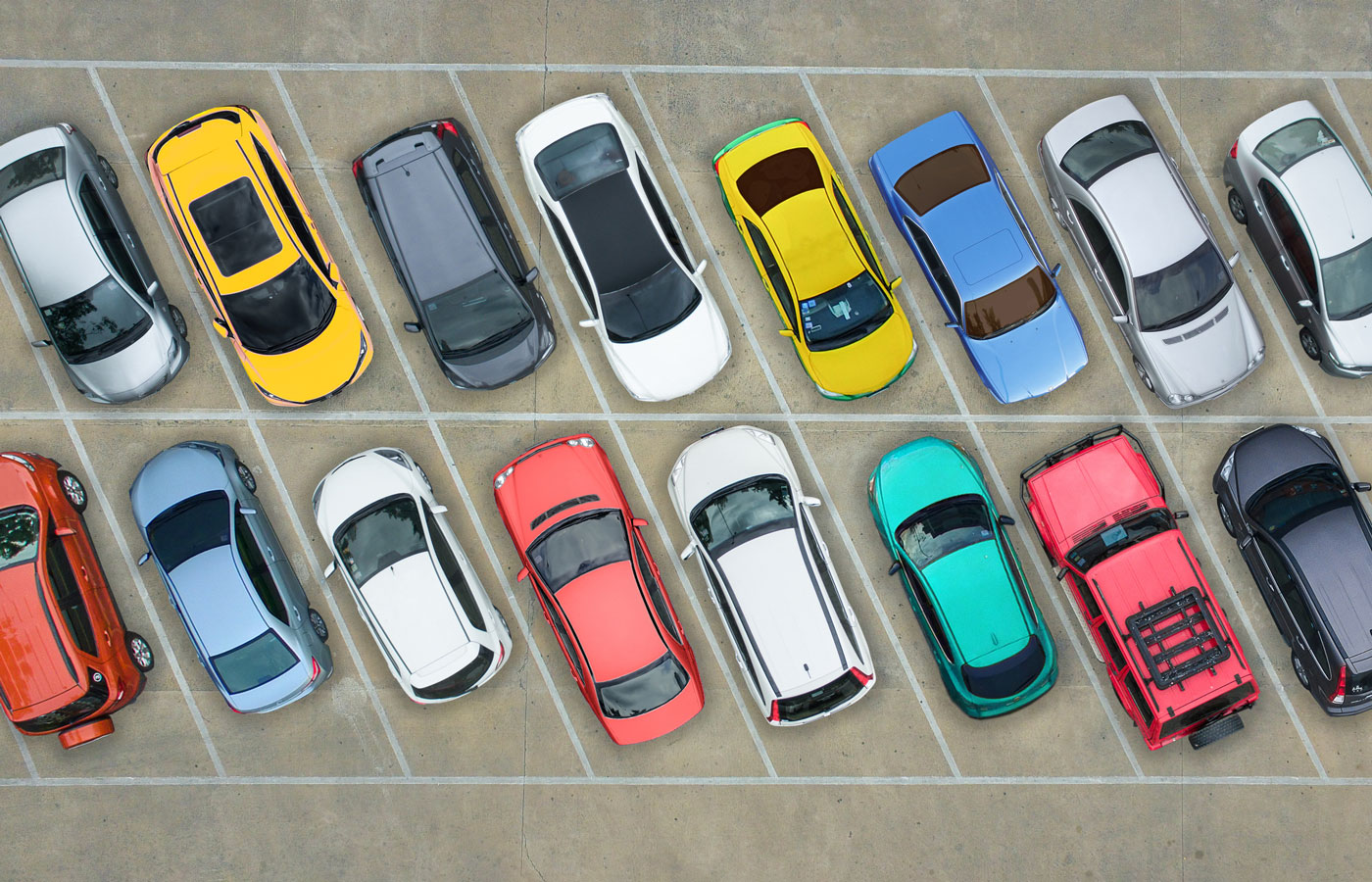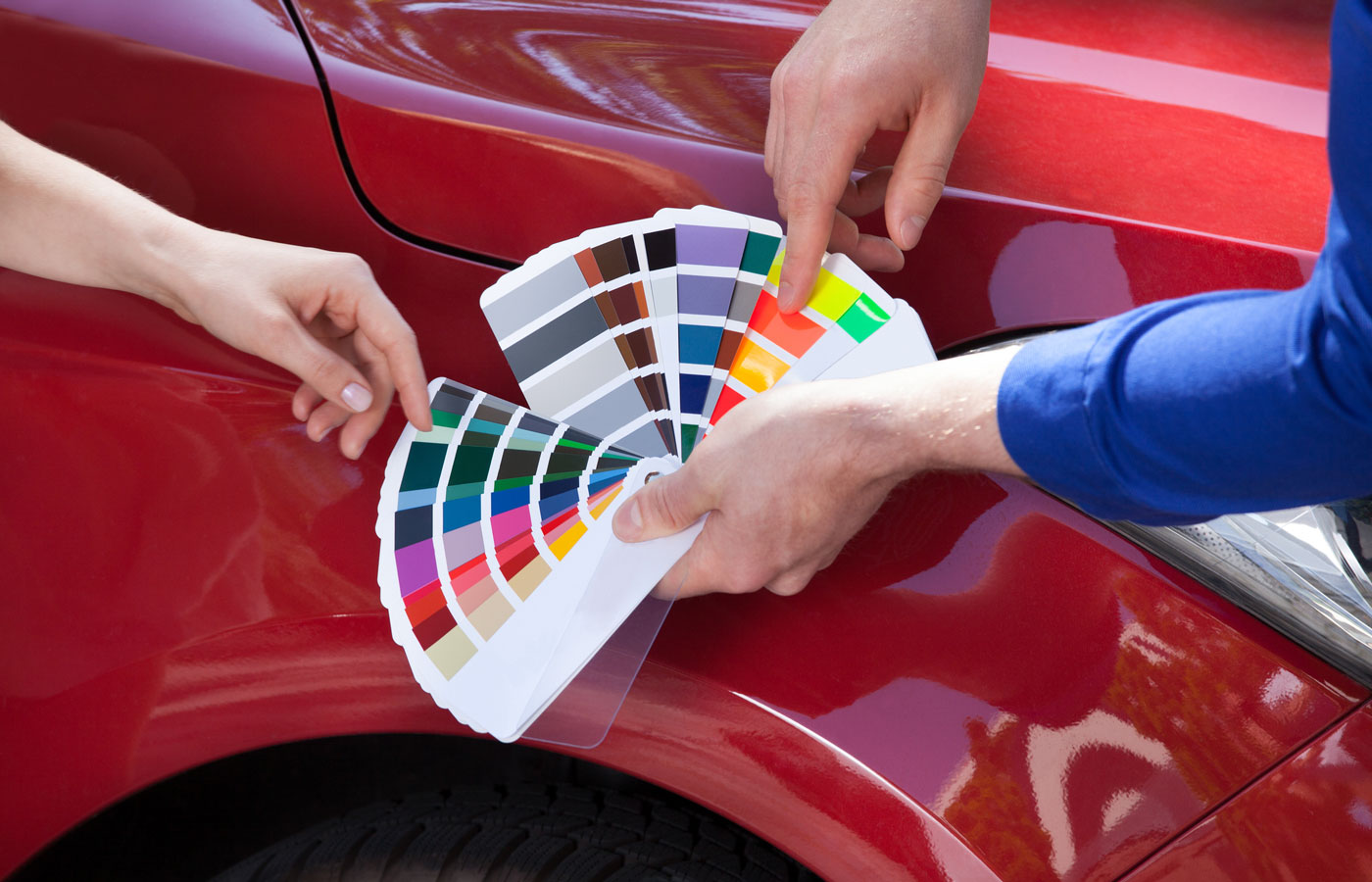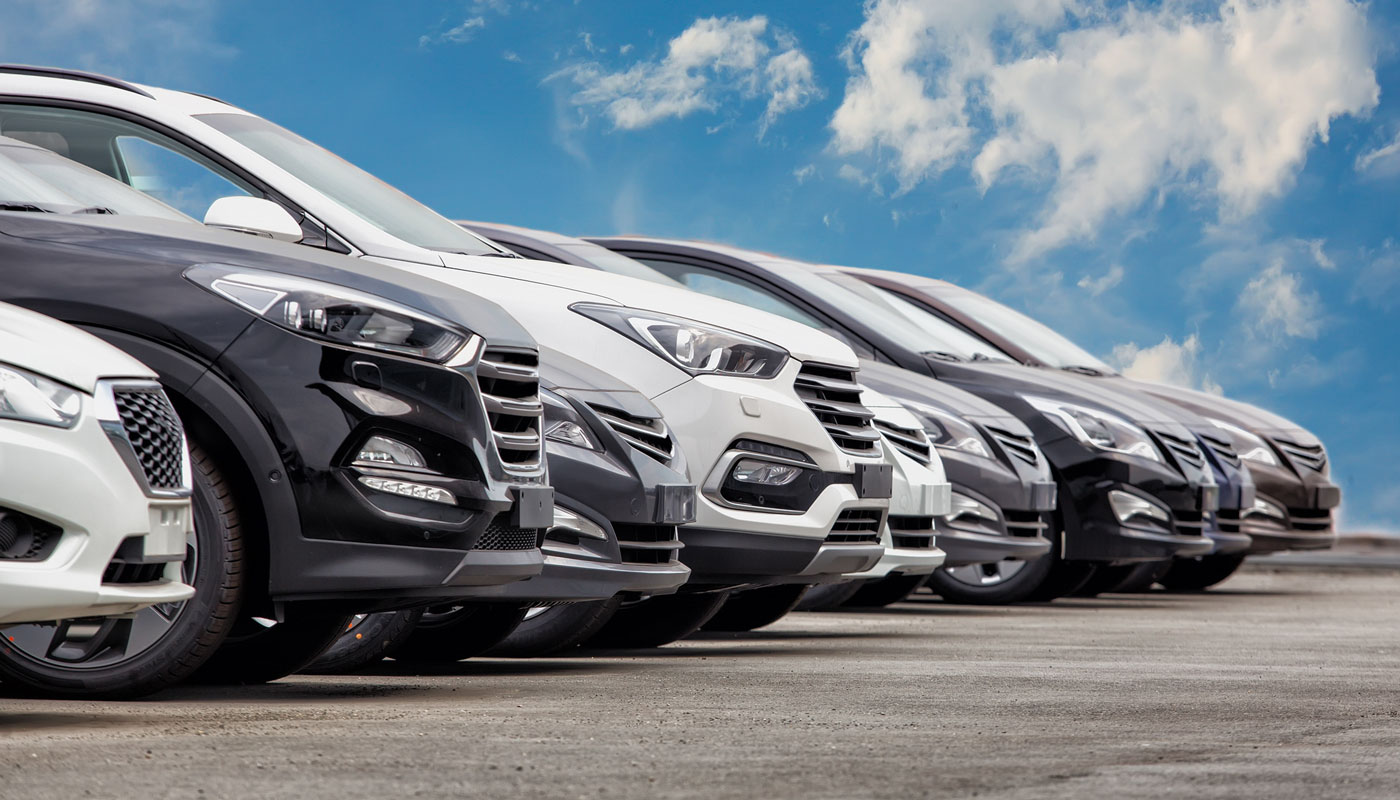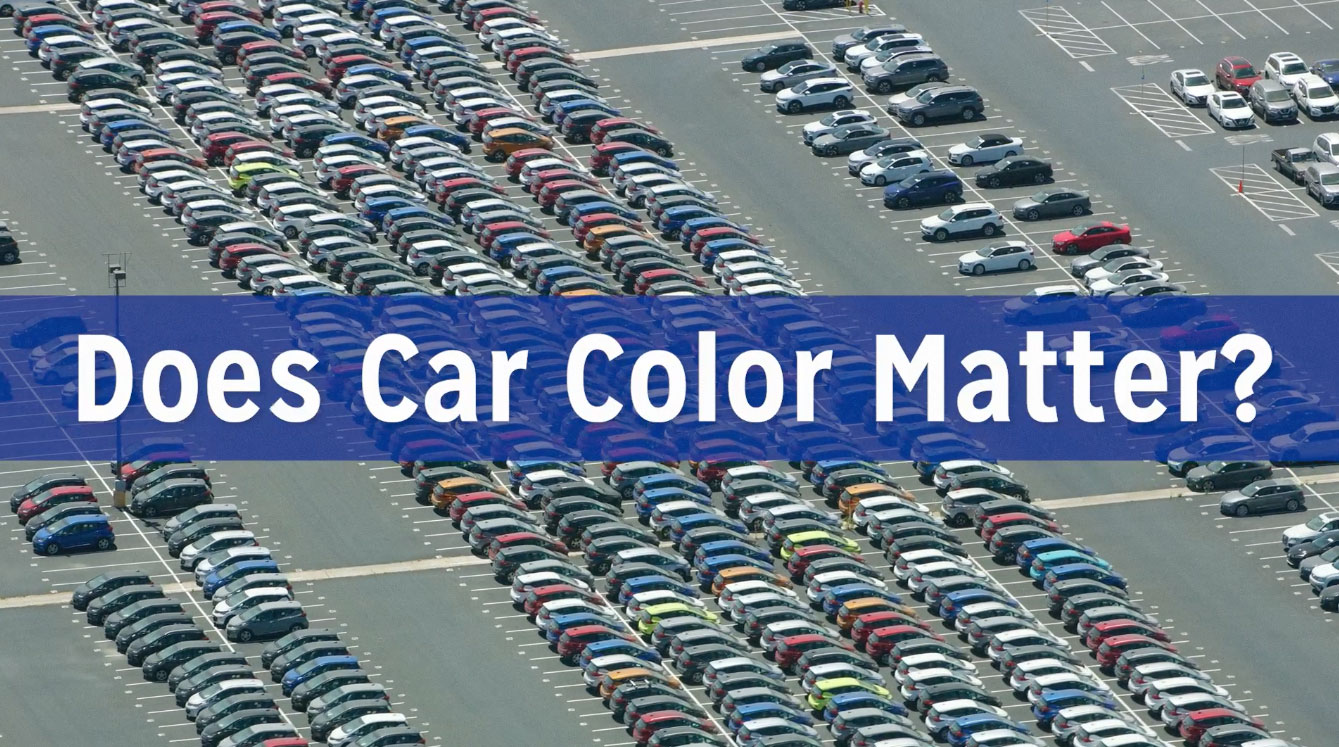Does Car Color Matter?
Car color can affect resale value, safety and more. Is your car color the safest?
When you’re preparing to buy a car, factors such as technology, safety and cost are undoubtedly key considerations. Another important item that often tops the list. Color.
Consumers in multiple studies have identified color as a major factor in purchasing a car. Personal preference aside, how important is car color when it comes to resale value, safety and other concerns?
 Getty
Getty
What’s the Most Popular Car Color?
Historically, white has been a popular color of choice, and according to the 2022 Axalta Global Automotive Color Popularity Report, that hasn’t changed. White, black, gray, silver. According to paint supplier PPG Industries, these are the most popular car colors in the United States. White is most popular at 35%, followed by black at 18%. Gray and silver claim 14% and 11% shares in car color popularity, respectively.
 Getty
Getty
What Percent of People Factor Color into Purchase Decision?
According to Axalta’s 2021 research, more than 88% of respondents would rather wait for their color choice than opt for a car in their second-choice color.
 Getty
Getty
Which Vehicle Colors Are Increasing in Popularity?
According to PPG’s 2021 Automotive Color Popularity Report, there is a rise in two-tone finishes that reflect car buyer’s desire to personalize their cars. New technology is providing crisp paint edges without the use of masking and other time-intensive steps. “Along with special-order colors, tinted clearcoats, tricoats and matte finishes, two-tone finishes better reflect vehicle owners’ individual preferences and personalities,” says Misty Yeomans, PPG color styling manager, automotive OEM, Americas.
 Getty
Getty
What Color Is Considered the Safest?
Studies suggest that white is one of the safest colors for a car. This is because white tends to be the most visible at night and in other weather conditions (except for snow), unlike darker car colors. Silver is a close second, but it does become harder to see in foggy conditions and at dusk.
 Getty
Getty
What Is the Best Car Color for Resale Value?
Although bright, trendy colors may seem like a wise choice, according to Kelley Blue Book, neutral colors such as silver, gray and white are your best bet for resale value. Unlike brightly colored cars, they are easier to keep clean and require less maintenance. Daring colors can actually depreciate your car’s value and are harder to resell.
 Getty
Getty
Do Colors Like Red Increase Insurance Rates?
It’s a myth that certain colors, such as red, increase insurance rates. Color doesn’t determine insurance rates.
Some factors that indeed are important to getting a great insurance rate: a good driving record (with no accidents and traffic violations), the make and model of the car, the amount of your deductible, your car’s safety and security features, and the number (and type) of claims you may have filed.
What Auto Color Is Most Associated with Theft?
According to the National Insurance Crime Bureau (NICB), black, silver, white, green and gold are the colors most associated with vehicle thefts. Colors that more easily blend in with a crowd–white, gray, silver and black–tend to be reported stolen the most.
 Getty
Getty
What Colors Result in Speeding Tickets?
Car color doesn’t affect the likelihood of being cited for speeding. Despite this persistent myth, there is no evidence that car color has any affect beyond the actual speed of the vehicle. The main factor for getting a speeding ticket is whether you are exceeding the posted speed limit at the time of your being pulled over by law enforcement.
 Getty
Getty
Are Certain Colors Better for a Car’s Fuel Efficiency and the Environment?
Researchers at the Lawrence Berkeley National Laboratory found that a lighter colored vehicle improved fuel economy by 2% and reduced carbon dioxide emissions by 1.9% compared to an identical model vehicle with a darker color, primarily by reducing air conditioning use or allowing for a lower-capacity air conditioner. When a car is parked outside, the vehicle’s exterior paint will either reflect or absorb sunlight. Darker colors absorb more heat and energy, as do paints with higher metallic content.
